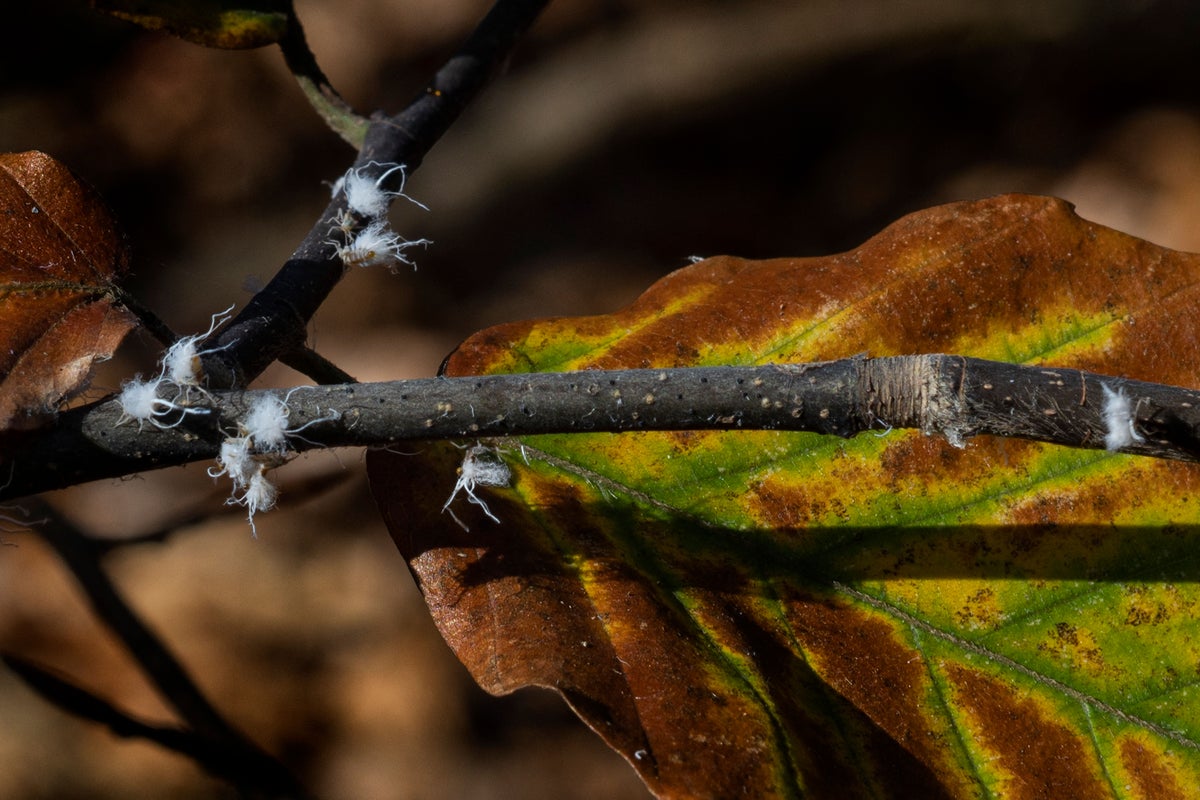Home / Environment / Fuzzy Invasion: Southeastern U.S. Battles Swarms of Woolly Aphids
Fuzzy Invasion: Southeastern U.S. Battles Swarms of Woolly Aphids
7 Oct
Summary
- Woolly aphids, small insects covered in white, fuzzy wax, infesting southeastern U.S.
- Aphids feed on leaves and excrete honeydew, leading to unsightly sooty mold
- Some species of woolly aphids are invasive, causing long-term stress for plants

As of October 8th, 2025, residents in the southeastern United States are dealing with an influx of small, fuzzy insects known as woolly aphids. These pests have been swarming the region, sticking to car windshields and covering nearby trees in a blanket of white, cotton-like wax.
While the woolly aphids may initially appear to be just dust, pollen, or lint, experts have confirmed that these are, in fact, small insects feeding on the leaves of plants. The aphids excrete a sticky substance called honeydew, which can then lead to the growth of unsightly black sooty mold on cars, furniture, and the affected plants themselves.
Some species of woolly aphids, such as the woolly hackberry aphid, are even considered invasive. These can cause long-term stress and damage to the plants they infest, though they pose no direct threat to humans or pets. The current surge in woolly aphid populations is being attributed to the region's prolonged warm weather, which has allowed the insects to reproduce more rapidly.
As temperatures begin to drop in the coming months, the number of woolly aphids is expected to decrease. In the meantime, residents are advised to avoid placing personal items under infested trees and to clean any surfaces covered in the aphids' honeydew excrement.




